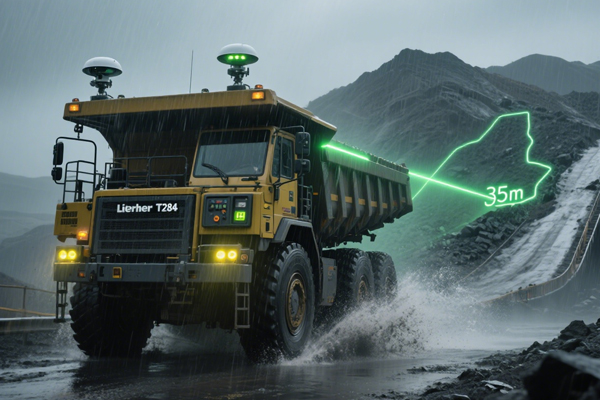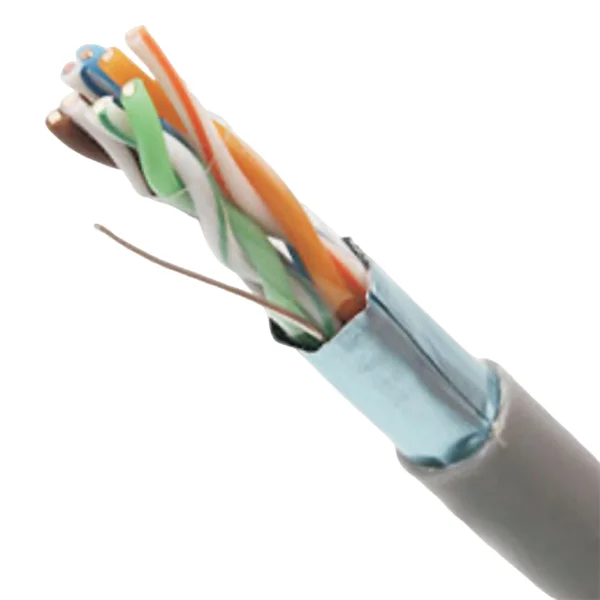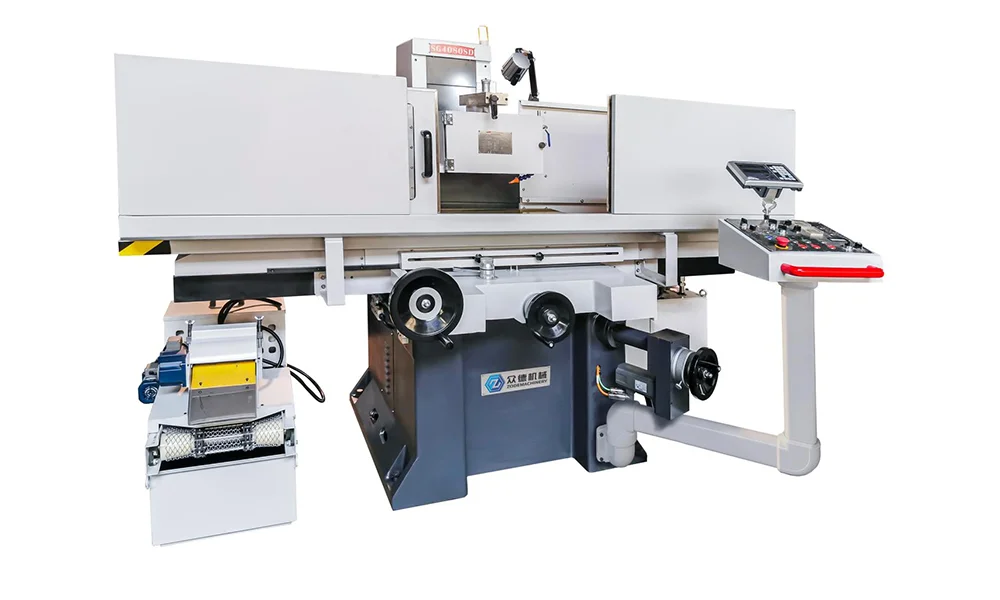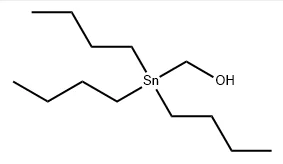Vehicle Radar Systems for Large and Special-Purpose Vehicles

Vehicle radar technology has become a crucial enabler of intelligent transportation and active safety systems. For large commercial vehicles—such as trucks, buses, and trailers—and special-purpose vehicles—including construction machinery, fire trucks, ambulances, hazardous material transporters, and police cars—radar systems play an indispensable role in ensuring operational safety, environmental perception, and efficient mobility. HOPE, as one-stop vehicle monitoring solutions manufacturer, will share the functions of commercial vehicle radar for sale, its typical applications, etc.
Vehicle Radar Applications in Large and Special-Purpose Vehicles
Vehicle radar systems serve as critical sensing modules that continuously detect and interpret the surroundings. By transmitting electromagnetic waves and analyzing the reflected signals, these systems can determine the distance, velocity, and direction of nearby objects—including vehicles, pedestrians, and infrastructure elements. For large and special vehicles with extensive blind zones and complex operating environments, radar enables safer, smarter, and more efficient operation.
Core Functions of Vehicle Radar in Heavy-Duty Vehicles
1. Blind Spot Detection (BSD):
Due to their extended body length and wide turning radius, large vehicles have numerous blind spots—especially along the side and rear. Vehicle radar sensors monitor these areas in real time, detecting pedestrians, vehicles, or obstacles that may not be visible to the driver. This helps prevent collisions during lane changes or turns.
2. Collision Warning and Autonomous Braking:
Front and rear radar sensors continuously track approaching targets. When a potential collision risk is detected, the radar system issues audio or visual alerts to the driver. In advanced configurations, radar data can trigger Automatic Emergency Braking (AEB) or adaptive deceleration, significantly reducing accident severity and frequency.
3. Environmental Awareness and Operational Assistance:
For special-purpose vehicles such as construction trucks, fire engines, or ambulances, radar systems provide environmental perception in complex settings—like construction zones, rescue scenes, or narrow city alleys. Radar enables operators to perform precise maneuvers while avoiding collisions with surrounding objects or personnel.
4. Adaptive Cruise Control and Distance Management:
When large commercial vehicles travel long distances, Adaptive Cruise Control (ACC) powered by radar helps maintain safe following distances automatically. The radar detects the speed and distance of the vehicle ahead and adjusts throttle or braking accordingly, reducing driver fatigue and improving comfort during extended operations.
5. Customized Situational Adaptation:
Special vehicles often operate in mission-specific contexts. For example, radar assists hazardous material carriers with 360° collision monitoring to prevent leaks or accidents; police vehicles benefit from enhanced pursuit assistance; and ambulances use radar-assisted pre-warning to ensure priority passage through intersections.

Typical Radar Applications by Vehicle Type
-
Trucks and Buses:
Front radar provides forward collision warning, side radar handles blind spot detection, and rear radar supports reversing and obstacle avoidance. Combined with cameras, these systems deliver comprehensive safety coverage. -
Construction Vehicles (e.g., Cranes, Mixers):
Multiple radars installed around the chassis monitor the operational radius, ensuring that moving arms and rotating equipment avoid collisions. Radar also assists in navigation through narrow construction sites. -
Fire Trucks and Ambulances:
When responding to emergencies, front radar detects slow or stationary vehicles ahead, prompting timely alerts to facilitate safe passage. Radar also supports obstacle detection during entry into congested rescue zones. -
Hazardous Material Transporters:
Equipped with multi-directional radar networks for 360° perception, these vehicles maintain safe distances, avoid contact during maneuvering, and alert drivers when approaching restricted or high-risk areas.
Types and Characteristics of Vehicle Radar Systems
The radar technologies commonly deployed in large and special-purpose vehicles include millimeter-wave radar, LiDAR (Light Detection and Ranging), and ultrasonic radar. Each type offers distinct advantages and operational constraints depending on range, precision, and environmental conditions.
Millimeter-Wave Radar: Core of Vehicle Perception
Operating Principle:
Millimeter-wave radar transmits electromagnetic waves in the 1–10 mm wavelength range (typically 24GHz, 77GHz, or 79GHz bands). By analyzing reflected signals, it determines the distance, relative speed, and angle of surrounding objects.
Key Features:
-
Strong Environmental Adaptability: Performs reliably under adverse weather conditions—such as rain, fog, or snow—making it ideal for outdoor and highway environments.
-
High Precision and Long Range: 77GHz/79GHz systems can detect objects beyond 200 meters, with high speed and distance accuracy.
-
Cost Efficiency: Mature manufacturing processes allow cost-effective deployment, supporting mass production and scalability.
Applications:
-
Front collision warning (FCW) and adaptive cruise control (ACC) in trucks and buses.
-
Blind spot detection (BSD) and cross-traffic alerts in large or special-purpose vehicles.
-
Side and rear coverage for construction vehicles during rotation or operation.
LiDAR: High-Resolution 3D Environmental Mapping
Operating Principle:
LiDAR emits laser pulses—usually in the near-infrared spectrum—and measures the reflected light to create three-dimensional point cloud data. This enables precise modeling of the surrounding environment.
Key Features:
-
Exceptional Accuracy: Detects centimeter-level differences, distinguishing between pedestrians, vehicles, and structural elements.
-
Detailed Scene Reconstruction: Generates 3D environmental maps, making it ideal for navigation in complex terrain.
-
Environmental Limitations: Performance can degrade under heavy rain, fog, or intense sunlight; cost remains relatively high.
Applications:
-
Advanced driver-assistance or autonomous operation in intelligent construction trucks and self-driving heavy machinery.
-
Precision docking and low-speed navigation in logistics centers, ports, and factory environments.
-
Integration with radar and cameras for comprehensive perception in automated rescue or hazardous environments.
Ultrasonic Radar: Reliable Short-Range Detection
Operating Principle:
Ultrasonic radar transmits sound waves above 20 kHz and measures the echo time to calculate object distance, typically within a range of 0.1–5 meters.
Key Features:
-
High Accuracy at Short Range: Ideal for close obstacle detection and low-speed maneuvering.
-
Low Cost and Easy Maintenance: Inexpensive, durable, and simple to install or replace.
-
Limited Range: Unsuitable for high-speed detection or long-distance sensing due to environmental sensitivity.
Applications:
-
Reversing and parking assistance in buses, trucks, and trailers.
-
Maneuvering support in ambulances, police vehicles, or fire trucks operating in tight urban spaces.
-
Combined with millimeter-wave radar for complete coverage in multi-sensor safety systems.
Integrated Safety through Multi-Radar Collaboration
Modern vehicle radar design emphasizes multi-sensor fusion, integrating millimeter-wave radar, LiDAR, and ultrasonic sensors into a layered safety architecture. Each radar type complements the others—millimeter-wave for long-range early warning, LiDAR for mid-range precision mapping, and ultrasonic radar for short-range obstacle avoidance. Together, they deliver 360° situational awareness, eliminating blind zones and reducing human error in both driving and field operations.
Conclusion
For large and special-purpose vehicles, vehicle radar technology represents the foundation of intelligent perception and proactive safety. Millimeter-wave radar offers a balance of range, reliability, and cost; LiDAR provides detailed 3D environmental data; and ultrasonic radar enhances short-range precision. The combination of these systems achieves “long-range alert, mid-range monitoring, and near-field protection,” ensuring safety, efficiency, and operational intelligence across all environments. As technology evolves, integrated radar networks will continue to drive the next generation of smart, safe, and connected heavy-duty vehicles.
www.hopecctv.com
HOPE




